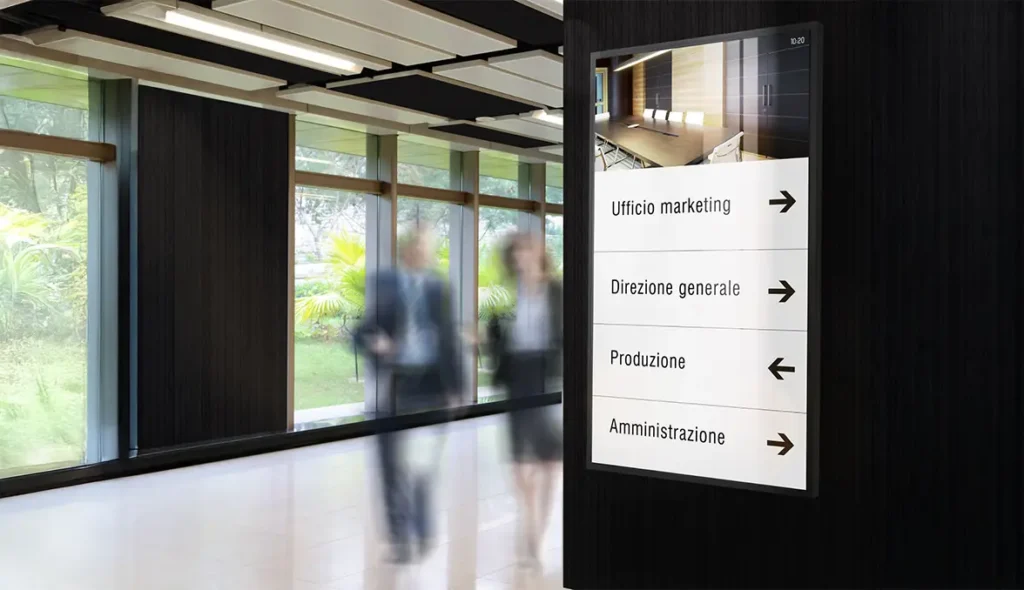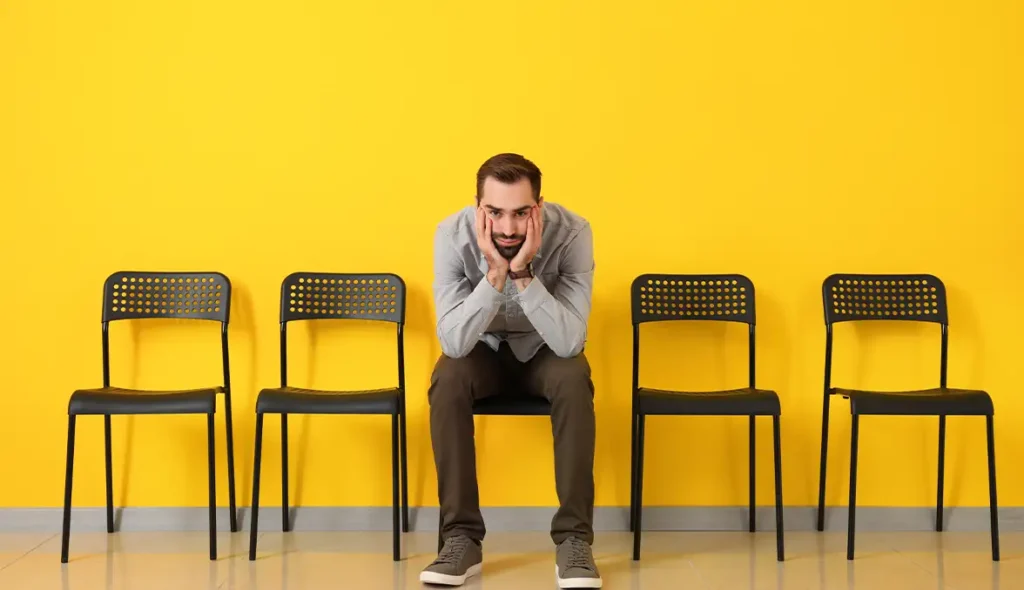The Patient Journey concept represents a fundamental element in the overall patient care experience within a hospital. This is a process that begins from the moment the patient perceives the need for medical care and extends beyond the end of the treatment.
Every interaction with the patient is a piece of their involvement, an opportunity for the healthcare facility to demonstrate its level of attention to people or for those providing services to add tangible value. As a consequence, all this has a significant impact on various organizational aspects.
Health systems can significantly improve their healthcare delivery processes, patient experiences and quality of care by understanding and analyzing patient journeys.
In this article we will try to examine more closely what the Patient Journey consists of and how this process impacts hospital management and the final level of customer-patient satisfaction.
Index
Definition of the Patient Journey
Examples of Patient Journeys
Importance for Hospital Management
Key topics that influence the perception of Quality
Interventions to improve the Patient Journey
The human component in the Patient Journey
The medical component in the Patient Journey
The integration of human and medical aspects
Optimize the Patient Journey with innovative technologies
Systems integration for an optimal Patient Journey
Advantages for Hospital Management
Conclusions
Definition of the Patient Journey
The patient journey is the entire experience of caring for a patient from start to finish. It begins with awareness of the need for treatment, goes through the information seeking phase, access to medical services, the treatment phase and continues until the post-treatment and follow-up period.
This path involves several points of contact with the healthcare system, including outpatient visits, hospital admissions, diagnostic tests and interactions with medical and administrative staff.
Contrary to the traditional evaluation of the patient experience, the patient journey is not limited to the analysis of direct service delivery, but also includes the steps that the patient takes before and after his direct involvement with the healthcare organization.
The Patient Journey considers and maps patient interactions and the related transition from the awareness phase to the consideration phase, then access, receipt of the service, assistance.
Accurately mapping the Patient Journey involves careful consideration of phases that extend beyond the physical walls of the facility, involving elements such as phone calls, site consultations, online comparisons and searches, as well as call center contacts, among many other interactions.
Examples of Patient Journeys
To better understand the concept, let’s consider a practical example.
Imagine a patient who experiences persistent chest pain and decides to seek medical attention.
Their patient journey will begin with an online search for information about symptoms, followed by a visit to their primary care doctor, diagnostic tests, and potentially a hospital stay for treatment and monitoring.
After discharge, the patient may face follow-up visits and long-term therapies.
Importance for Hospital Management
For hospital managers, understanding and effectively managing the patient journey is crucial.
Patient satisfaction and the perception of the quality of the services offered largely depend on how this process is managed.
A well-maintained patient journey can improve the hospital’s reputation, patient trust and loyalty to the healthcare facility.
Instead of focusing solely on service delivery, the patient journey encompasses every single touchpoint throughout the healthcare experience, from identifying healthcare providers and booking appointments, through to the payment process and managing aftercare. treatment.
Key topics that influence the perception of Quality
Several factors influence patients’ perception of the general quality of the hospital during their journey.
Some of these include:
1. Communication
Clarity in communication between medical staff and patients is essential. Understandable information about procedures, waiting times and results contributes positively to the experience.
2. Accessibility
Ease of access to medical services, including appointments, waiting times and physical accessibility of the hospital, is essential.
3. Patient involvement
Actively involving patients in decisions about their treatment can improve perceptions of quality and overall satisfaction.

Interventions to improve the Patient Journey
To optimize the patient journey and consequently the general quality of the hospital facility, various interventions can be implemented, including:
Staff training
Ensure staff are adequately trained to provide clear information and listen to patient concerns.
Innovative Technologies
Implementing innovative technologies, such as online portals for booking appointments and managing medical information, can streamline the patient journey.
Response to Feedback
Actively collecting and responding to patient feedback can be an effective way to make continuous improvements to the patient journey.
From what we can see, the patient journey is a crucial aspect of hospital management that goes beyond the simple provision of medical care.
Its optimization requires a holistic approach involving all points of contact between the patient and the hospital.
Investing in a positive patient journey not only improves the overall quality of services, but also helps build a solid reputation and promote patient trust in the healthcare institution.
Two fundamental cornerstones are inserted into this discussion: the human, relational component and the medical component.
The human component in the Patient Journey
1. Empathic communication
Empathic communication is essential to creating a human connection between medical staff and patients. Listening carefully to patients’ concerns, answering their questions clearly and demonstrating empathy contributes significantly to the positive perception of the patient journey.
2. Patient involvement
Actively involving patients in decisions about their treatment makes them feel part of the process and increases their sense of control over their health. This involvement can improve patient compliance and the quality of the doctor-patient relationship.
3. Respect for dignity and privacy
Respect for the patient’s dignity and privacy is fundamental. Ensuring confidential environments for consultations, clearly explaining procedures and obtaining informed consent helps create a respectful and safe care environment.
The medical component in the Patient Journey
1. Timely and accurate diagnosis
A timely and accurate diagnosis is essential for a successful patient journey. Access to timely diagnostic tests and accurate interpretation of results are crucial to quickly initiating the appropriate treatment.
2. Personalized treatment planning
Customizing the treatment plan to the patient’s specific needs is essential. Considering factors such as lifestyle, preferences and individual conditions helps improve the effectiveness of treatment.
3. Continuity of care
Ensuring a smooth transition between the different phases of the patient journey is of vital importance. Continuity of care, from diagnosis to post-treatment follow-up, ensures that the patient receives complete and coordinated care.
The integration of human and medical aspects
The combination of human and medical aspects is crucial for a successful patient journey.
Care is not limited to diagnosis and treatment, but extends to how the patient perceives their journey through the healthcare system.
The combination of advanced medical expertise and a humane, compassionate approach creates an environment where patients feel supported and understood.
Obviously digital technology has significantly supported doctors and structures in the organization and optimization of processes, providing specific tools to facilitate procedures and carrying out tasks. Below we show some of our direct expertise.

Innovative technologies to improve the Patient Journey
In the increasingly advanced landscape of modern healthcare, new technologies are radically revolutionizing the way patients navigate their journey through the healthcare system.
The introduction of digital tools and innovative solutions has the potential to radically transform the patient experience, making it more efficient, personalized and accessible.
From online booking systems to the implementation of intelligent queue management, from telemedicine to remote monitoring devices, these technologies are redefining the concept of the patient journey.
However, while technological progress offers countless opportunities, it is essential to address implementation challenges and ensure that these innovations are optimized to effectively improve the overall quality of care and patient experience.
In this dynamic context, we explore how new technologies are shaping the patient journey and how we can maximize their benefits for a more efficient and empathetic future in healthcare.
1. Online booking systems
The introduction of online booking systems represents a significant step in improving accessibility and convenience for patients.
The possibility of booking appointments via web platforms or apps reduces waiting times and simplifies the process of organizing your care.
2. Queue management systems
Queue management systems are essential for reducing waiting times and improving efficiency. Implementing technologies such as digital displays with real-time information on waiting times and queue progress helps optimize patient flow through the hospital.
3. Orientation or Wayfinding signs
Navigating a hospital can be complex, especially for new patients.
Orientation or Wayfinding systems provide precise directions to help patients easily reach their intended recipients, reducing the stress associated with searching for specific departments or services.
4. Video counter and video call system
In many hospital areas there is no dedicated or easily contactable staff, especially in the case of large hospitals divided into multiple floors and transit spaces.
Kiosk Live Hospital platform fills this gap, offering visitors or patients the opportunity to get in touch with a specific hospital operator for their needs, and to be able to have a support dialogue via video call.
4. Satisfaction measurement systems with emoticons
Evaluating patient satisfaction is essential to understanding and continuously improving the overall experience.
Instant survey systems based on emoticons allow patients to quickly express their level of satisfaction through an emotional scale, providing immediate feedback.
This immediate approach facilitates the collection of real-time data to identify areas for improvement.
Systems integration for an optimal Patient Journey
The effectiveness of these systems increases when they are integrated synergistically.
For example, a patient can book an appointment online, receive directions through the wayfinding system during the visit, experience efficient queue management and, finally, express his satisfaction via emoticons.
It sounds perfect to say. Unfortunately, despite the beneficial potential of technology in improving the patient experience, it is clear that not all systems implemented are optimized to ensure a smooth journey or are perfectly harmonized and integrated.
Online booking systems, in some cases, can be complex and not very user-friendly, generating frustration rather than simplifying the process. Queue eliminaters, if not equipped with powerful data analysis tools, can prevent appropriate optimization of shifts and roles, creating inconveniences due to unexpected waiting times or a lack of coordination.
The collection of reports, too often still carried out using paper means, may not always guarantee a timely response or an effective solution, thus causing the perpetuation of poorly managed situations.
Advantages for Hospital Management
L’adozione di queste tecnologie non solo migliora l’esperienza del paziente, ma offre anche diversi vantaggi per la direzione ospedaliera:
Operational efficiency
Reduce waiting times, improve resource management and optimize overall workflow.
Patient satisfaction
The accessibility and convenience offered by innovative systems contribute positively to patient satisfaction, directly influencing the hospital’s reputation.
Real-time feedback
Satisfaction systems provide immediate feedback, allowing hospital management to quickly identify areas for improvement and make timely corrections.
Resource optimization
Efficient queue management and simplified navigation reduce pressure on departments, allowing for better resource planning.
In conclusion, the integration of advanced technological systems within the patient journey not only simplifies patients’ lives, but also contributes to effective hospital management.
The adoption of these solutions represents a strategic investment to improve the overall quality of the services offered, creating a more efficient, accessible and patient-oriented hospital environment.
Conclusions
The integration of technology into the patient journey is not just a necessity, but represents an opportunity to improve the efficiency, personalization and accessibility of care.
When technology is implemented wisely, respecting the human and medical aspects, it paves the way for a future where healthcare is better, more informed and patient-centered.
Kiosk is able to support the Hospital Structure in its path of optimization and improvement of the patient Journey with latest generation technologies such as:
- Booking systems – Kiosk Buk
- Queue, flow and resource management system – Kiosk Hydra
- Orientation and digital signage system – Kiosk Wayfinder
- Telemedicine and remote support system – Kiosk Live
- Patient satisfaction measurement system – Kiosk Emoticon
 | Would you like to know more?Embrace innovation and achieve excellence in the Patient Journey. We are here to guide you through this ambitious transformation journey, by providing cutting-edge technologies that significantly improve the Patient Journey. Contact us today. |
 |
Would you like to know more?Embrace innovation and achieve excellence in the Patient Journey. We are here to guide you through this ambitious transformation journey, by providing cutting-edge technologies that significantly improve the Patient Journey. Contact us today.
|



